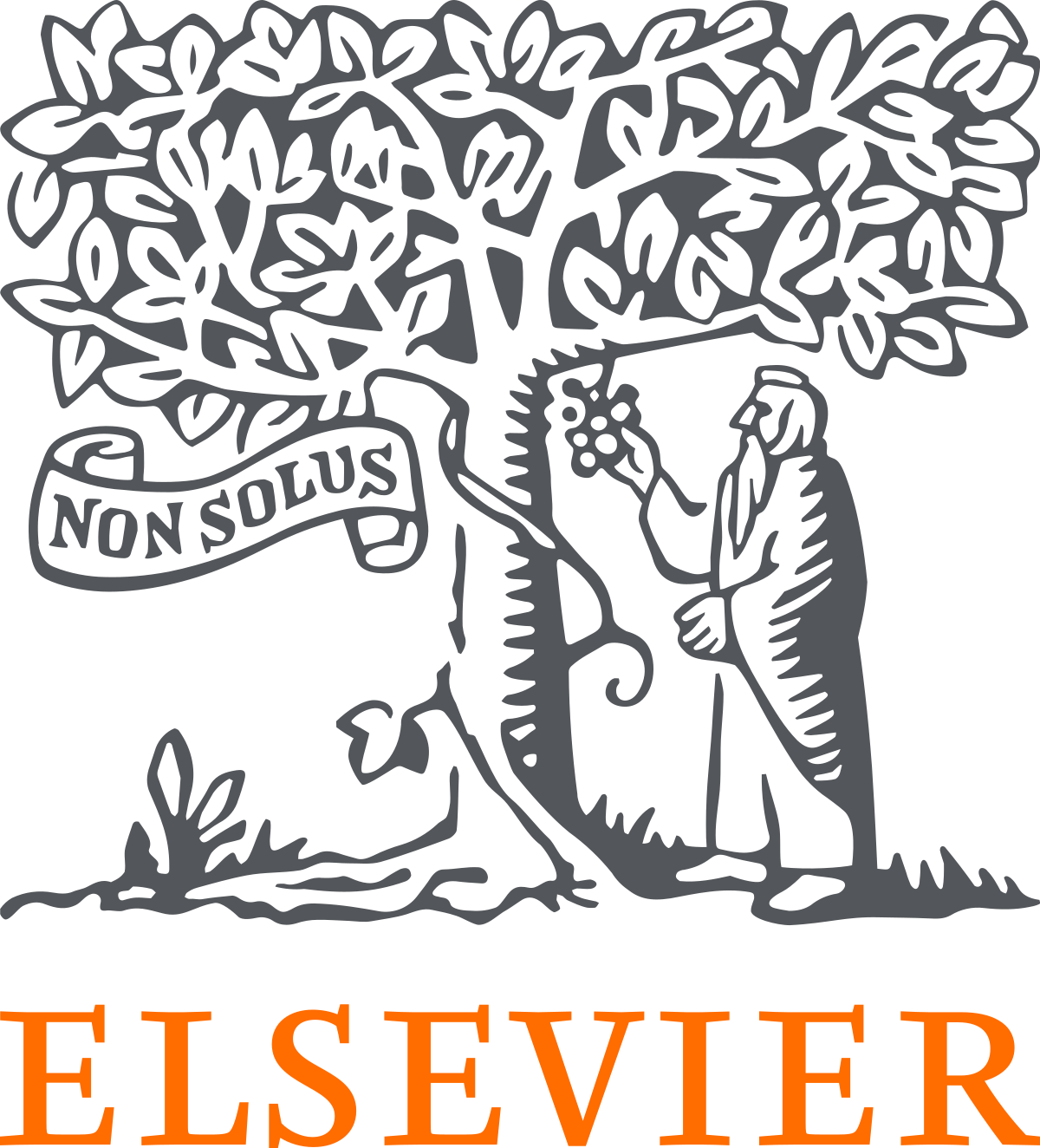A Review on Semantic and Syntactic Similarity Measure for Political Tweets
Keywords:
Artificial Intelligence, Machine Learning, Semantic Analysis, Social Media MiningAbstract
In the modern era, social media has influenced virtually every public domain, including politics. These platforms enable users worldwide to share vast amounts of content, making social media a valuable resource for research and analysis. In countries like India, social media offers a convenient space for individuals to express their opinions on various issues, including political topics. Consequently, analyzing social media content has become a significant area of research.One key aspect of this analysis is measuring semantic and syntactic similarity within social media posts to understand user opinions effectively. This task becomes particularly challenging due to the use of informal and nonstandard language in short messages, such as tweets. Techniques like word embedding are employed to address this issue by capturing the contextual meaning of words. Additionally, factors such as word sequence and ambiguity play a critical role in deriving meaning from social media content.This review paper examines existing work related to measuring semantic and syntactic similarities in social media data. It also presents a comparative summary of various methods used for this purpose
Downloads
References
C. Little, D. Mclean, K. Crockett and B. Edmonds, "A Semantic and Syntactic Similarity Measure for Political Tweets," in IEEE Access, vol. 8, pp. 154095-154113, 2020, doi: 10.1109/ACCESS.2020.3017797.
F. A. Wenando, R. Hayami, Bakaruddin and A. Y. Novermahakim, "Tweet Sentiment Analysis for 2019 Indonesia Presidential Election Results using Various Classification Algorithms," 2020 1st International Conference on Information Technology, Advanced Mechanical and Electrical Engineering (ICITAMEE), 2020, pp. 279-282, doi: 10.1109/ICITAMEE50454.2020.9398513.
M. Rodríguez-Ibáñez, F. -J. Gimeno-Blanes, P. M. Cuenca-Jiménez, C. Soguero-Ruiz and J. L. Rojo-Álvarez, "Sentiment Analysis of Political Tweets From the 2019 Spanish Elections," in IEEE Access, vol. 9, pp. 101847-101862, 2021, doi: 10.1109/ACCESS.2021.3097492.
A. Yousaf et al., "Emotion Recognition by Textual Tweets Classification Using Voting Classifier (LR-SGD)," in IEEE Access, vol. 9, pp. 6286-6295, 2021, doi: 10.1109/ACCESS.2020.3047831.
A. Bilbao-Jayo and A. Almeida, "Improving Political Discourse Analysis on Twitter With Context Analysis," in IEEE Access, vol. 9, pp. 104846-104863, 2021, doi: 10.1109/ACCESS.2021.3099093.
Z. Tasnim, S. Ahmed, A. Rahman, J. F. Sorna and M. Rahman, "Political Ideology Prediction from Bengali Text Using Word Embedding Models," 2021 International Conference on Emerging Smart Computing and Informatics (ESCI), 2021, pp. 724-727, doi: 10.1109/ESCI50559.2021.9396875.
R. Nassif and M. W. Fahkr, "Supervised Topic Modeling Using Word Embedding with Machine Learning Techniques," 2019 International Conference on Advances in the Emerging Computing Technologies (AECT), 2020, pp. 1-6, doi: 10.1109/AECT47998.2020.9194177.
M. Furini and M. Montangero, "On Predicting the Success of Political Tweets Using Psycho-Linguistic Categories," 2019 28th International Conference on Computer Communication and Networks (ICCCN), 2019, pp. 1-6, doi: 10.1109/ICCCN.2019.8847055.
Y. Malhan and S. Singal, "Sentiment Analysis of Ayodhya Verdict using Twitter," 2020 International Conference on Intelligent Engineering and Management (ICIEM), 2020, pp. 504-509, doi: 10.1109/ICIEM48762.2020.9160017.
K. Shimoda, A. Taya and Y. Tobe, "Combining Public Machine Learning Models by Using Word Embedding for Human Activity Recognition," 2021 IEEE International Conference on Pervasive Computing and Communications Workshops and other Affiliated Events (PerCom Workshops), 2021, pp. 2-7, doi: 10.1109/PerComWorkshops51409.2021.9431141.
Bridget T. McInnes, Ted Pedersen,Evaluating measures of semantic similarity and relatedness to disambiguate terms in biomedical text, Journal of Biomedical Informatics, Volume 46, Issue 6, 2013, Pages 1116-1124, ISSN 1532-0464, https://doi.org/10.1016/j.jbi.2013.08.008.
Petar Veličković, Guillem Cucurull, Arantxa Casanova, Adriana Romero, Pietro Lio, and Yoshua Bengio. 2017. Graph attention networks. arXiv preprint arXiv:1710.10903 (2017).
Prashanth Vijayaraghavan, Soroush Vosoughi, and Deb Roy. 2017. Twitter demographic classification using deep multi-modal multi-task learning. In Proceedings of the 55th Annual Meeting of the Association for Computational Linguistics (Volume 2: Short Papers). 478–483. http://dspace.lpu.in:8080/jspui/bitstream/123456789/3422/1/11312700_5_2_2015% 202_46_40% 20PM _full%20report.pdf
Wongthontham, Pornpit & Abu-Salih, Bilal. (2018). Ontology-based Approach for Identifying the Credibility Domain in Social Big Data. Journal of Organizational Computing and Electronic Commerce. 28. 354-377.
“Dataset”,https://www.kaggle.com/codesagar/indian-political-tweets-2019-feb-to-may-sample
Downloads
Published
How to Cite
Issue
Section
License

This work is licensed under a Creative Commons Attribution-ShareAlike 4.0 International License.
All papers should be submitted electronically. All submitted manuscripts must be original work that is not under submission at another journal or under consideration for publication in another form, such as a monograph or chapter of a book. Authors of submitted papers are obligated not to submit their paper for publication elsewhere until an editorial decision is rendered on their submission. Further, authors of accepted papers are prohibited from publishing the results in other publications that appear before the paper is published in the Journal unless they receive approval for doing so from the Editor-In-Chief.
IJISAE open access articles are licensed under a Creative Commons Attribution-ShareAlike 4.0 International License. This license lets the audience to give appropriate credit, provide a link to the license, and indicate if changes were made and if they remix, transform, or build upon the material, they must distribute contributions under the same license as the original.





